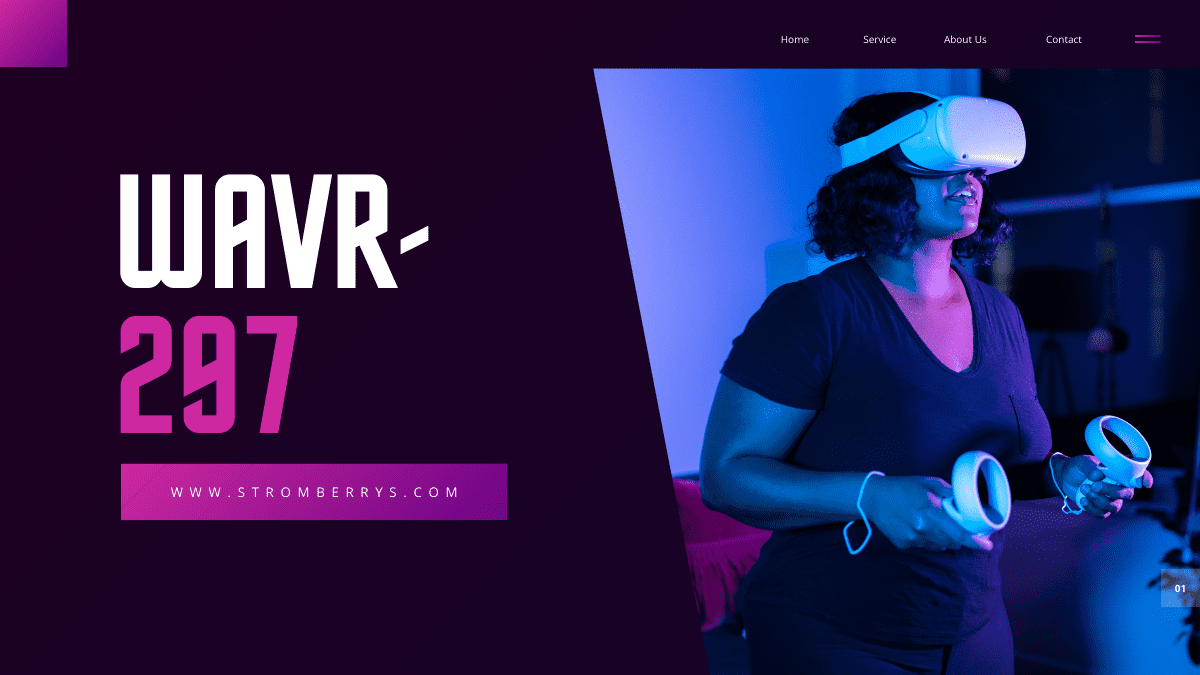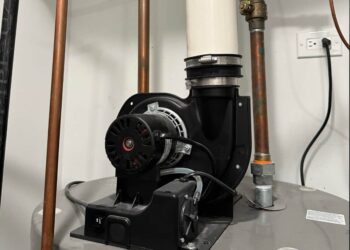Varicose veins are a common condition many individuals experience, often causing discomfort and impacting quality of life. Surgical procedures were among the primary options for addressing varicose veins for years. Today, advancements in medical technology, such as Varithena, offer a minimally invasive treatment option. It’s designed to alleviate discomfort and improve the appearance of affected veins.
Here’s how Varithena works and why it stands out as a non-surgical approach to treating varicose veins:
Varithena Procedure
Varithena is an FDA-approved foam treatment designed to address symptomatic varicose veins. By utilizing advanced microfoam technology, this treatment targets problematic veins with precision. The foam is administered via a small catheter or needle directly into the affected vein. Once delivered, the foam works by collapsing the vein walls. Blood flow is then naturally redirected to healthier veins, which restores a more efficient circulatory process.
Unlike surgical methods, which might involve incisions and vein removal, the use of foam irrigation in Varithena allows the treatment to be completed in a clinical setting. Since no general anesthesia or extensive procedures are needed, this approach offers convenience to those seeking an alternative way to manage their condition.
Minimally Invasive Approach
One of Varithena’s standout features is its minimally invasive nature. Traditional surgeries can be intimidating, particularly with the need for hospital stays, stitches, and recovery periods. Varithena removes these barriers by providing a non-surgical experience. The process involves minimal discomfort due to the small needle or catheter used and no large visible incisions.
Redirection of Blood to Healthy Veins
Varithena’s approach redirects blood flow from the treated vein to healthier veins. Varicose veins are often damaged, causing blood pooling and inefficient circulation, which may lead to heaviness, fatigue, and leg pain. By collapsing the dysfunctional vein, Varithena encourages blood to naturally find a more efficient path through unaffected veins.
Redirecting blood flow contributes to improved circulation and reduces symptoms linked to varicose veins. Patients often report that their legs feel lighter and less achy following treatment. While the process may take some time for the body to fully absorb the closed vein, the redirection of blood flow provides immediate functional benefits.
Quick Recovery and Minimal Downtime
Another key advantage of Varithena is its relatively speedy recovery time. Unlike surgical interventions, which can require extended recovery periods, most Varithena patients return to their daily activities quickly. For many, this means returning to work, exercising, or enjoying family time without the limitations associated with traditional surgery. Because the treatment doesn’t rely on general anesthesia, there’s less risk of common surgical complications. After the procedure, patients are often encouraged to stay active, such as walking, which aids recovery and supports overall vein function.
Alleviation of Leg Pain
Varicose veins can result in chronic, aching pain and discomfort, particularly after long periods of standing or sitting. Patients with severe varicose veins sometimes describe a heavy sensation in their legs or swelling at the end of each day. By removing the source of ineffective blood flow, Varithena relieves strain on the leg vein system and helps alleviate these symptoms.
A Path to Healthier Legs Without Surgery
Varithena offers a minimally invasive, effective treatment option for those dealing with varicose veins. Through foam sclerotherapy, the procedure works to collapse problem veins, redirect blood flow to healthier veins, and reduce symptoms such as leg pain and discomfort. If you’re exploring options for addressing varicose veins, Varithena could be worth learning about further. Consulting with a vascular specialist can provide insight into whether this innovative treatment aligns with your health needs.






